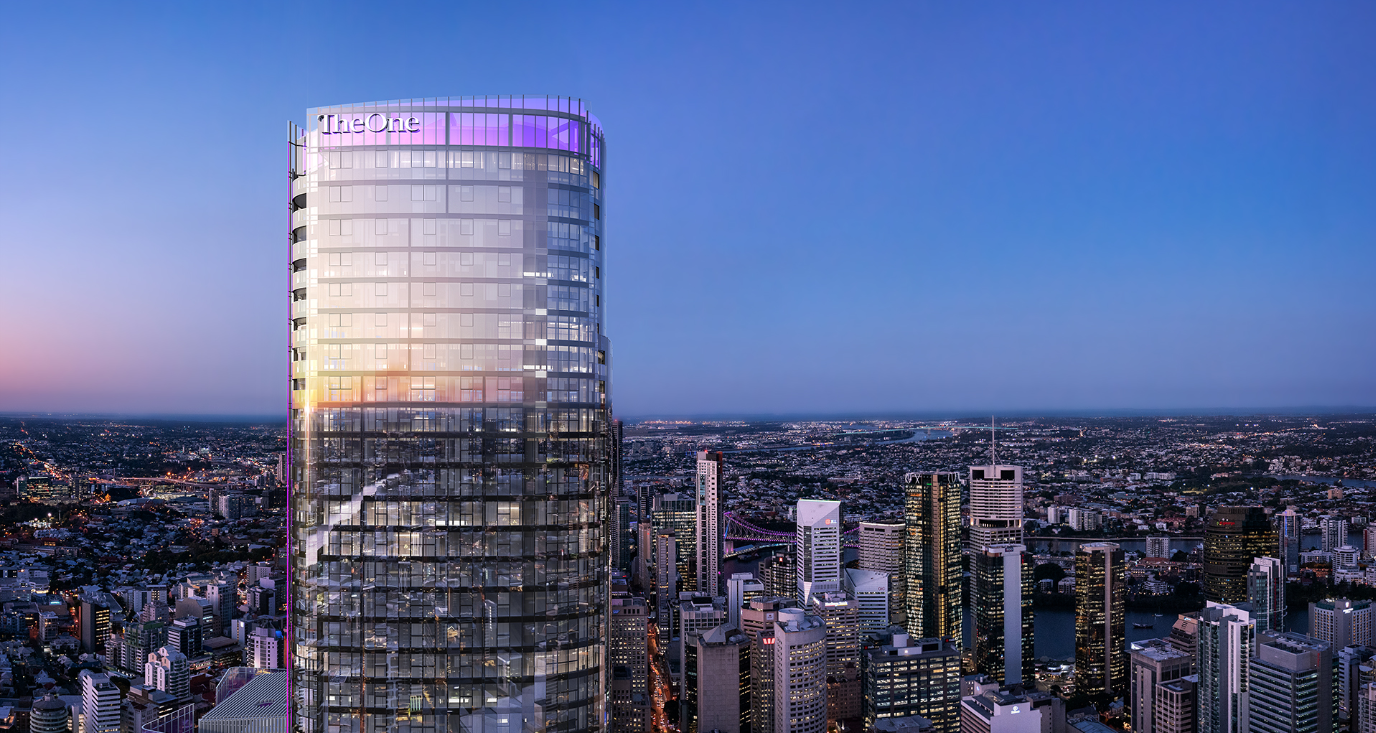

Cracking into the property market has never been easy for most, but recently it seems harder than ever. Home ownership rates among younger Australians — people under 40 — have been steadily declining for decades.
Housing affordability, and particularly how to help people buy their own home, has emerged as one of the key policy contests of the federal election.
Labor wants to use the government’s cash to help first home buyers into the market, while the Coalition thinks unlocking superannuation could be the key.
So what precisely are the two major parties offering?
Lets start with the new super scheme.
With less than a week left in the campaign, the Coalition unveiled its biggest pitch on housing policy in years. If re-elected, it is promising to allow first home buyers to dip into their superannuation to help supplement a house deposit. There are limits: you must already have a five per cent deposit before you can apply; and you can only access 40 per cent of your super, to a maximum $50,000.
If you later sell the property, you must return the money taken from super along with a proportion of capital gains.
It’s a significant shift in how the Coalition wants voters to think about superannuation — from a locked vault to be accessed in retirement, to a pool of cash that can be used solve today’s problems.
The Coalition argues voters should be able to spend their own money, and say putting it in housing is generally a good investment, so nothing is lost. Labor says it will reduce superannuation balances and artificially inflate house prices — compounding the difficulties facing first home buyers.
While this policy is the most contentious, there are others Labor has agreed to match.
That includes allowing people aged over 55 to deposit up to $300,000 in super from the sale of their home if they downsize (avoiding potential asset test problems), and letting pensioners keep their full pension for two years after they sell their home.
Both policies are aimed at freeing up larger homes for younger buyers.
The Coalition also plans to expand its popular home guarantee schemes — letting first home buyers purchase a home with a five per cent deposit, or two per cent for single parents. It includes a scheme dedicated for regional buyers, which looks very similar to a policy first outlined by Anthony Albanese in his budget reply speech.
Scott Morrison is also promising to help build thousands of new social housing and affordable homes, by pumping $2 billion into low-cost loans offered by the National Housing Finance and Investment Corporation.
Housing is also one of Labor’s key pitches this election.
The party used its campaign launch in Perth three weeks ago to unveil its “Help to Buy” scheme. And the name is pretty apt. The government would help you buy a house by purchasing up to 40 per cent of it with you. The scheme is capped at 10 thousand places a year, and is limited to individuals earning less than $90,000 or couples earning $120,000. The government would subsequently own a share in your house, which you can choose to buy back over time. If your income increases above the thresholds, you will have to start buying it back. And if you sell the house, the government will take back its share, along with the relevant proportion of any capital gains (making it a potential revenue earner).
Similar “shared equity” schemes are already running in some states, like the Keystart program in WA and the Homebuyer Fund in Victoria.
Labor says it will make buying a house more realistic for many people by shaving 30 or 40 per cent off the purchase price.
The Coalition argues people should be buying their own homes with their own money, not having the government sitting around the dinner table.
Labor’s other key housing policy is setting up the Housing Australia Future Fund. Basically, it will operate as a $10 billion investment fund that will use the returns it makes to build social and affordable housing across the country. Labor says it will make enough money to build 30,000 homes in five years.
Also, as mentioned above, it backs the government’s expansion of the various deposit-guarantee schemes.
But there is a small difference between what the two parties are offering the regions.
Labor’s scheme would offer 10,000 five per cent deposit guarantee spots to any first home buyer looking for a home in a regional area, as long as they had lived there for 12 months. The Coalition’s scheme is limited to new homes, but is open to anyone (not just first home buyers).
The various policies have attracted support and criticism from a range of areas.
Some have criticised the policies overall for lacking ambition, arguing while they may help some aspiring buyers, they will not broadly tackle the problem of housing affordability.
Both the Coalition and Labor’s centrepiece policies help to encourage demand for housing, rather than significantly increasing the supply of homes. Both sides argue they have policies aimed at increasing supply, but industry groups argue much more could be done.
And those who watch housing policy closely note neither major party is offering anything that would decrease house prices — and given there are more home owners than aspiring homebuyers, that is unlikely to change.
We would love to hear your thoughts on this project.
Have you visited this project recently, or perhaps you live nearby or bought in a neighbouring building? Tell us what you love about this project, or perhaps what you don't.